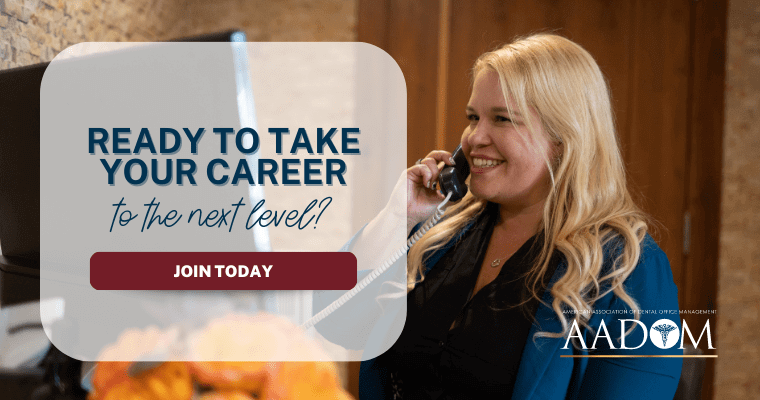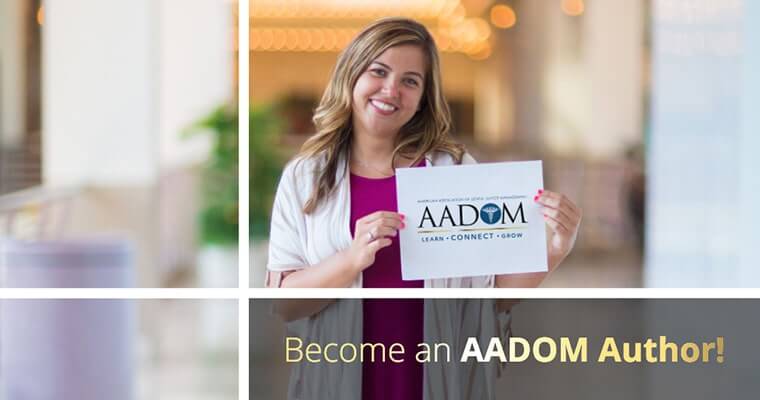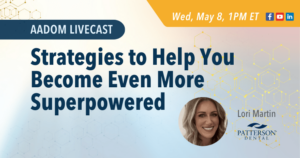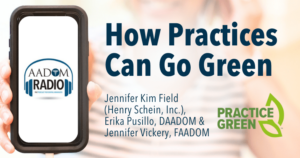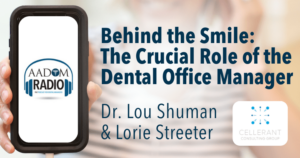Onboarding, Not Skateboarding New Employees To Success

Have you ever played the telephone game and had great results? Training new team members can be like playing the telephone game if we don’t have a great plan. I’ve been in dentistry for more than 30 years, and hiring and training have changed in so many ways.
I had no idea what “onboarding” was, but now we onboard every new employee. Google defines onboarding as “the action or process of integrating a new employee into an organization or familiarizing a new customer or client with one’s products or services: client onboarding is a critical time for any business. A little extra effort during the onboarding period can go a long way toward improving staff retention.”
If you don’t have an onboarding process in your practice, now is the time to develop one. We have all experienced a labor shortage and short-term employees (if they showed up to get hired.) During our COVID layoff, we took the time to create an onboarding checklist and guide to use for all new employees. We found this to be a critical part of making sure the employee becomes an effective team member, and it reduces productivity loss. In the old days, having another team member train the new staff worked. Today, training is much more involved with computer software, digital equipment, digital records, OSHA, and HIPAA rules.
I based our onboarding plan on my first job at Walt Disney World in 1976. I had to go through different training stages before starting my job. My first day was spent learning about Disney’s history, Disney movies, and the park itself. Disney World was fairly new; it only consisted of the Magic Kingdom, a few resorts, and Lake Buena Vista/Pleasure Island. You had to know Disney’s history to answer guests’ questions. The second day was spent training in the area where you would be working. I was hired to work in food service in the Magic Kingdom, so I was sent to the park and spent the day learning about the Magic Kingdom. I had to learn the park layout, the location of the costume department, and how to get to work using the underground tunnel system. There was a strict rule about staying in your section of the park when in costume. Walt Disney wanted everyone in the park to have a wonderful experience and felt it would be ruined if someone in a space mountain costume was seen in Frontierland. On the third day of training, I finally got to my workstation. I got to work in Tomorrowland Terrace serving food. I had to learn all about the restaurant, my duties, and how to run the cash register and take orders.
In developing our onboarding plan, I laid it out the same way. I created a checklist with room to document the date training was completed and who did it. Start with what they need to know about the office and their job. First off, the new employee needs to know about our practice history and our dentist. Understanding the dentist’s philosophy is key for patient screenings in hygiene. We also include completing the new employee forms and going through the employee handbook. We discuss how to get into the office, issue codes or keys, how to clock in, where to put your stuff, and issue scrubs and lockers. We spend the afternoon doing software training; everyone needs to know about the appointment book. We use Dentrix, so they create an account and go through the Mastery Tracks. They can also do this independently, but we give them time to get through the basics. We end the day with how to clock out and when they print and turn in timesheets to get paid.
Day two is spent training on their position and the software for their job. For assistants or hygienists, we go through how to use route slips, read the schedule, communication signals, and the flow of getting the patient into and out of their chair. It’s a great time to go over turning on and using the equipment in their operatory. We also review the flow of sterilization, setting up, and tearing down their rooms. The front desk needs to know about the collection guidelines, scheduling processes, and the systems for referrals and how to handle new patients. The afternoon is spent observing another employee doing their job. They can learn a lot from watching how things are done and by asking questions. The employee needs to understand the “why” behind the way we do tasks.
I have talked with other offices that think taking two days to onboard a new employee is expensive, but compared to hiring and training over and over, it isn’t. If you build a great foundation for the employee to grow, you set them up for success. There have been times when we realized during the onboarding process that the new hire would not be a good fit. We had an employee struggle with learning our practice management software, and since we are chartless, it would not work out. We let her go and find someone who was a better fit. She interviewed great and had worked with other software but struggled when she went hands-on with ours. Compared to just hiring and starting them with patients, we have found that the two days spent on onboarding have set our employees up for success. They feel more comfortable with patients, other staff, and in performing their job.
Having a written SOP (standard operating procedure) manual is part of any good onboarding process and a great resource. I have had to use ours when filling in for the dental assistant or helping with X-rays. For example, I once received a call while on vacation from a new front desk person; she couldn’t figure out how to use our credit card machine; it was different from her previous office. So, when I returned, we took the time when the doctor was out of the office for each of us to write directions for different tasks they completed each day. I hired a high school student to type them up for us and create a manual. After it was created, we gave each staff member a task from another department to see if they could do it based on the written instructions. It was great team building and cross-training for all of us.
Since staff shortages have left us doing a lot of hiring, why not set up a system to create a confident and effective employee with each new hire? Now is the time to create your onboarding checklist and SOP manual.
About the Author
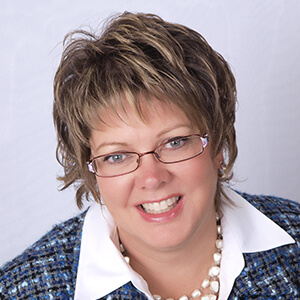
Marsha brings 35 years of experience in the dental office, both as a dental assistant and an office manager. Originally, she trained as a dental assistant while serving in the U.S. Navy. She has been running her husband’s practice for more than 35 years. In addition, she served as a dental consultant and certified trainer for DentrixThis link opens a new tab to the Dentrix website for 15 years. She is a lifetime AADOM member and a certified consultant with Bent Ericksen & Assoc.This link opens a new tab to the Bent Ericksen & Associates website, and a member of the Academy of Dental Management ConsultantsThis link opens a new tab to the ADMC website.



